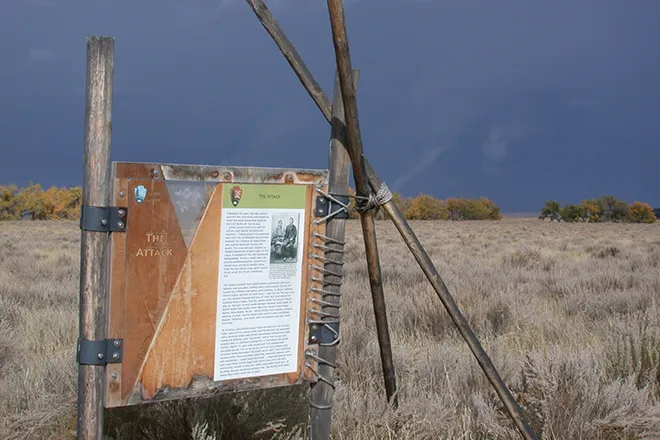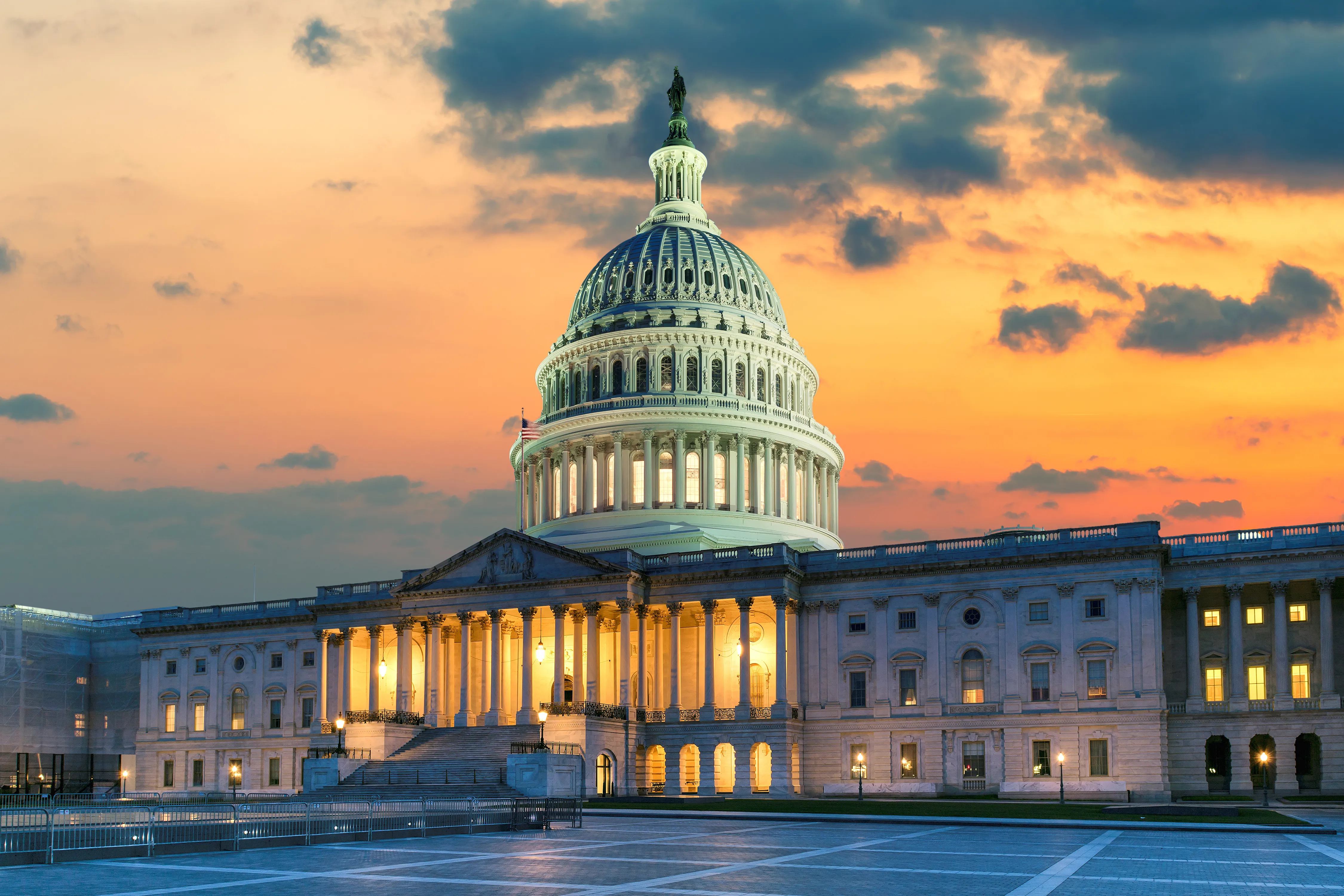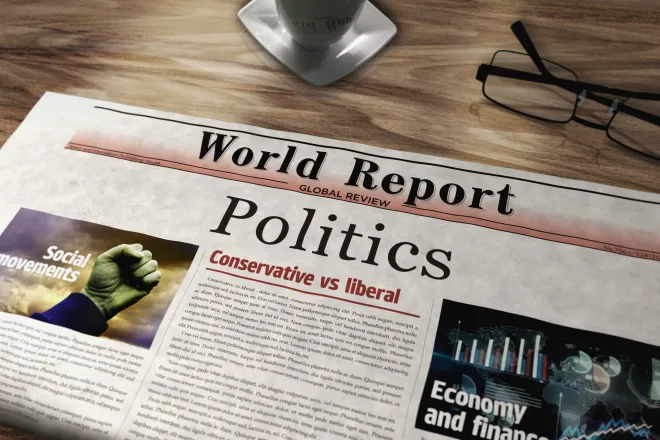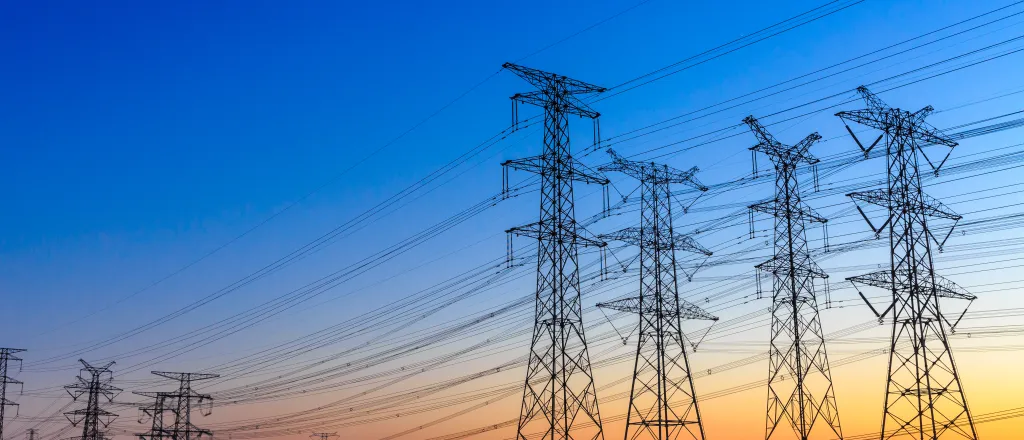
Policymakers plan for ‘energy superabundance’ at Western governors conference
© zhaojiankang - iStock-802436842
Rising electricity demand driven by power-hungry data centers was top of mind as policymakers, advocates and researchers gathered in Denver on Tuesday to begin a conference on how the Western U.S. can strengthen and modernize its regional grid.
“Energy from all sources needs to be moved,” Colorado Governor Jared Polis said in remarks that opened the two-day policy workshop on energy transmission hosted by the Western Governors’ Association at the Thompson Hotel. “We want a lower-cost grid, we want a more resilient and reliable grid, and transmission is absolutely critical to achieve that.”
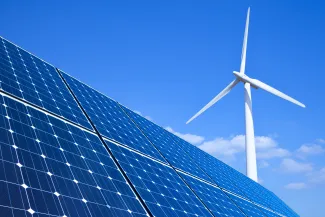
© Eyematrix - iStock-453911335
The workshop is the second in a series of events in the WGA’s “Energy Superabundance” initiative, spearheaded by Utah Governor Spencer Cox, who was named chair of the association in July. Founded in 1984 and headquartered in Denver, the bipartisan WGA facilitates regional policy development and collaboration between the chief executives of 22 Western states and U.S. territories.
Demand for electricity in the West is forecast to increase by more than 20 percent over the next decade, the Western Electricity Coordinating Council estimated in its most recent assessment of “resource adequacy.” That estimated demand growth has doubled over the last few years, and it’s more than quadruple the demand growth rate of 4.5 percent that the region saw between 2013 and 2022.
The vast majority of that demand growth is attributable to new and expanding data centers, which consume large amounts of power to serve artificial intelligence companies, cloud computing services and other related technologies.
“(Data centers) consume immense amounts of energy, can be constructed quickly, have different consumption patterns, and require changes or additions to infrastructure,” the WECC wrote in its 2024 assessment. “In some cases, large loads require a steady supply of power at all times, while in other cases, their demand can fluctuate, creating a need for large ramping capability.”
Energy abundance isn’t enough ... Superabundance — because we’re in the West, we like to do things a little bit bigger.

© iStock
In the southwestern subregion that includes Arizona, home to the West’s largest concentration of data centers per capita, demand growth is projected at almost 35 percent by 2034, according to the WECC. Nationwide, a Carnegie Mellon University study published in July estimated that the demand surge could increase costs for residential ratepayers by 8 percent as electric utilities struggle to add enough generating capacity to keep up, with higher rate spikes in areas with high concentrations of data centers.
“If we want to meet demand growth and maintain reliability at lowest cost, we have to more than double our transmission system in the next 25 years,” Leah Rubin Shen, a managing director at trade group Advanced Energy United, said Tuesday during a panel on transmission needs.
Higher-capacity and more interconnected transmission grids allow loads to be “balanced” regionally as electricity usage and generation varies by time and place. But achieving those goals is especially challenging in the Western electricity market, which is made up of dozens of electricity providers, utilities and co-ops whose transmission infrastructure traverses vast geographical distances and is increasingly threatened by extreme weather conditions caused by climate change.
“The three keys of transmission — planning, paying and permitting — those are hard everywhere. I think they’re perhaps uniquely hard in the West,” Rubin Shen said. “It’s difficult to do all of those things out here.”
‘Abundance’ and ‘superabundance’
Cox’s “superabundance” initiative has more than a dozen corporate and nonprofit sponsors, including utilities, clean-energy and fossil-fuel trade groups, financial and consulting firms and Amazon Web Services, one of the world’s largest data center operators.
Another partner, Arnold Ventures, is a leading benefactor of causes associated with the “abundance” movement, a loose affiliation of pundits and politicians who aim to reduce regulatory barriers and speed up the development of energy resources, housing and other infrastructure. Cox was a headline speaker last month at the Abundance 2025 conference in Washington, D.C., and Polis has described his governing philosophy as an effort to bring the “abundance agenda” to Colorado.
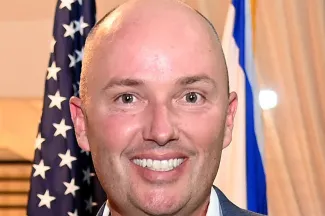
Utah Governor Spencer Cox
“Energy abundance isn’t enough,” Polis joked at Tuesday’s event. “Superabundance — because we’re in the West, we like to do things a little bit bigger.”
The policy workshop featured panels on how states can reform permitting process to expedite transmission projects, lower financing costs, adopt “smart grid” technologies and encourage the “colocation” of transmission lines with other infrastructure like highways and pipelines.
The previous workshop in Cox’s initiative focused on nuclear energy and was held at the Idaho National Laboratory in Idaho Falls in September.
“It’s been 50 years since we had a moment like this, where there was incredible demand for energy, increasing demand, where there was capital available to build new energy sources and new energy transmission, and a willingness amongst politicians to actually get the job done,” Cox said at that event.
Consumer advocates have raised concerns that the rapid construction of data centers, and the development of energy resources to power them, could come to a screeching halt in the event that what skeptics call the “A.I. bubble” bursts. But Chris Parker, director of the Utah Division of Public Utilities, said during a panel at Tuesday’s event that “overbuilding” shouldn’t be cause for concern.
“We might be building more than we strictly need — that’s OK,” he said. “That’s how we get a period of superabundance.”
“Everything is intended to benefit humans,” Parker added. “I come from a red state that’s very much into anti-socializing things, but energy is absolutely, 100 percent, a very socialized thing. It needs to be.”

